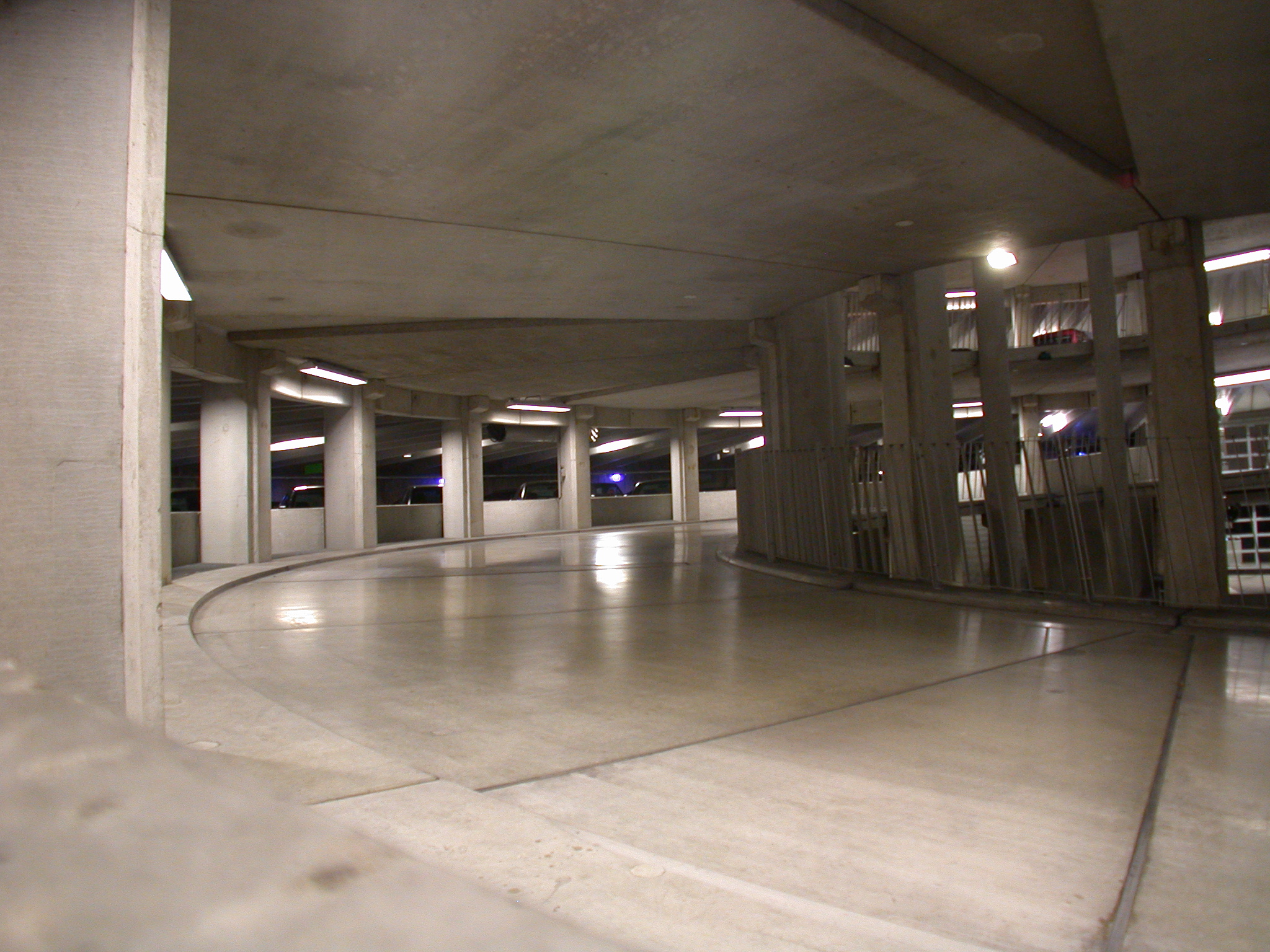Supply Line
페이지 정보
작성자 Morris Oquinn 작성일25-04-15 01:01 조회3회 댓글0건관련링크
본문
The tissue item supply chain involves numerous steps from start to finish raw material procurement to product distribution. Understanding these stages is crucial to comprehend the complexity and effort involved in producing paper products, including facial tissue.
Raw material extraction is the primary phase of the pulp logistics chain. Wood pulp are commonly used raw materials to produce tissue paper. Forestry companies and farmers harvest plants from natural forests. The removed material is then transported to pulp mills for processing.
Pulp mills are plants where raw materials are converted into pulp. This step embraces chemical treatments to separate individual fibers and remove impurities. The mixture is then washed and bleached to achieve the desired texture. The resulting mixture is then formed into tissue product that is transported to tissue paper mills.
Tissue paper mills are expert facilities that convert pulp into tissue paper products. The process embraces thermal processing to disintegrate and mix the product, which creates a characteristic fiber structure. The mixture is then passed through a range of molds to eliminate excess fluid and flatten the elements. A machine called a fourdrinier draws the pulp through a line of plates, and liquor is removed as the product is flattened. After this, the paper is pressed and dried in a line of rollers called a press dryer.
The goods is then cut and folded into various shapes such as individual units. The product is transported to plants for labeling. The pulp products are now ready for distribution to retailers and consumers.
In the delivery phase, tissue paper products are stored in depots and transported to retailers. Retailers stock these products on their shelves until consumers purchase them. The final stage of the product chain involves the distribution of tissue paper to consumers, who use these products L fold manufacturer in Mumbai their daily lives.
In final thought, the tissue paper logistics chain is a difficult network of steps that require arrangement among numerous stakeholders. From raw material extraction to product delivery, each step plays a essential role in producing tissue paper products. Understanding this step can help consumers recognize the value and quality of various tissue paper goods.
Raw material extraction is the primary phase of the pulp logistics chain. Wood pulp are commonly used raw materials to produce tissue paper. Forestry companies and farmers harvest plants from natural forests. The removed material is then transported to pulp mills for processing.
Pulp mills are plants where raw materials are converted into pulp. This step embraces chemical treatments to separate individual fibers and remove impurities. The mixture is then washed and bleached to achieve the desired texture. The resulting mixture is then formed into tissue product that is transported to tissue paper mills.
Tissue paper mills are expert facilities that convert pulp into tissue paper products. The process embraces thermal processing to disintegrate and mix the product, which creates a characteristic fiber structure. The mixture is then passed through a range of molds to eliminate excess fluid and flatten the elements. A machine called a fourdrinier draws the pulp through a line of plates, and liquor is removed as the product is flattened. After this, the paper is pressed and dried in a line of rollers called a press dryer.
The goods is then cut and folded into various shapes such as individual units. The product is transported to plants for labeling. The pulp products are now ready for distribution to retailers and consumers.
In the delivery phase, tissue paper products are stored in depots and transported to retailers. Retailers stock these products on their shelves until consumers purchase them. The final stage of the product chain involves the distribution of tissue paper to consumers, who use these products L fold manufacturer in Mumbai their daily lives.
In final thought, the tissue paper logistics chain is a difficult network of steps that require arrangement among numerous stakeholders. From raw material extraction to product delivery, each step plays a essential role in producing tissue paper products. Understanding this step can help consumers recognize the value and quality of various tissue paper goods.

댓글목록
등록된 댓글이 없습니다.









